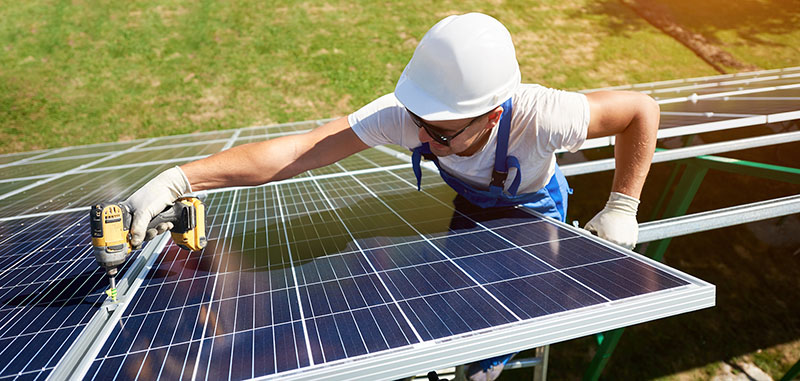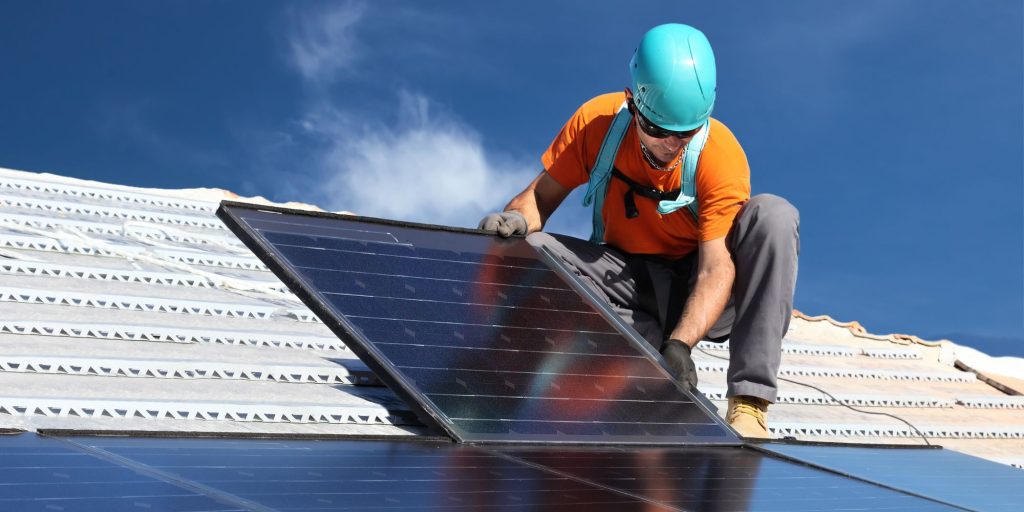WORC’s clean energy organizing pivots toward two important federal programs.
Americans are struggling to make ends meet. Inflation is at a 41-year high, gas and food prices are through the roof, and wage growth, although encouraging, is lagging far behind inflation. People in low-income and marginalized communities are especially hard hit.
One critical result is an increasing number of Americans who are facing “fuel poverty” – the inability to afford to heat or cool their homes.
Fuel poverty is caused by a convergence of three factors:
- low income, which is often linked to poverty,
- high fuel prices, including the use of relatively expensive fuel sources like natural gas, and
- poor energy efficiency of a home through old or inefficient heating and cooling systems, inadequate insulation and weather stripping, etc.
Recognizing this problem, the WORC Clean & Renewable Energy (CRE) Team set a goal of making solar energy more accessible and affordable for low-income Americans, which should reduce their energy costs and create a long-lasting solution to “fuel poverty.”
the WORC Clean & Renewable Energy (CRE) Team set a goal of making solar energy more accessible and affordable for low-income Americans, which should reduce their energy costs and create a long-lasting solution to “fuel poverty.”
After a year of gathering grassroots input from our members, holding meetings with state and federal agency officials, and conducting other strategic research, the team decided that we’re going organize around two principal federal energy programs that assist low-income Americans in addressing their energy burdens:
- The Weatherization Assistance Program (WAP) is a federally funded program under the U.S. Department of Energy. It reduces energy costs for low-income households by increasing the energy efficiency of their homes.
- The Low Income Home Energy Assistance Program (LIHEAP) is a federally funded program under the U.S. Department of Health and Human Services. LIHEAP helps low-income households with their home energy bills.
Dealing with the federal bureaucracy is often a challenge, and because the WAP and LIHEAP programs are administered at the state level, that adds another layer of complexity.
Keep up to date with grassroots organizing in the West with WORC’s newsletter.
Nonetheless, the WORC CRE Team is forging ahead with a campaign to incorporate solar air heat and rooftop solar systems into the WAP and/or LIHEAP programs. The team has identified a number of policy recommendations that would reduce energy costs for families and create good-paying jobs in rural communities, and is planning a multi-state action for later this year.
Finally, the CRE Team recognizes the folly of putting all its cards on a federal strategy, and that opportunities for people to join together and have a voice in decisions that affect their lives are often greater at the local and state level. WORC’s member groups are filling this gap by running a bevy of innovative and creative campaigns designed to shift their communities and states from an energy mix based on fossil fuels to one based on renewable energy sources.
something to test
Learn more:
New Report Highlights Cost Effectiveness of Rooftop Solar for Utilities and Their Customers
Winning A Clean Energy Recovery In The West
Solar Installers and Grassroots Organizers Move Clean Energy Forward in Wyoming

Yes, I want to help WORC elevate western voices and hold decision-makers accountable!





